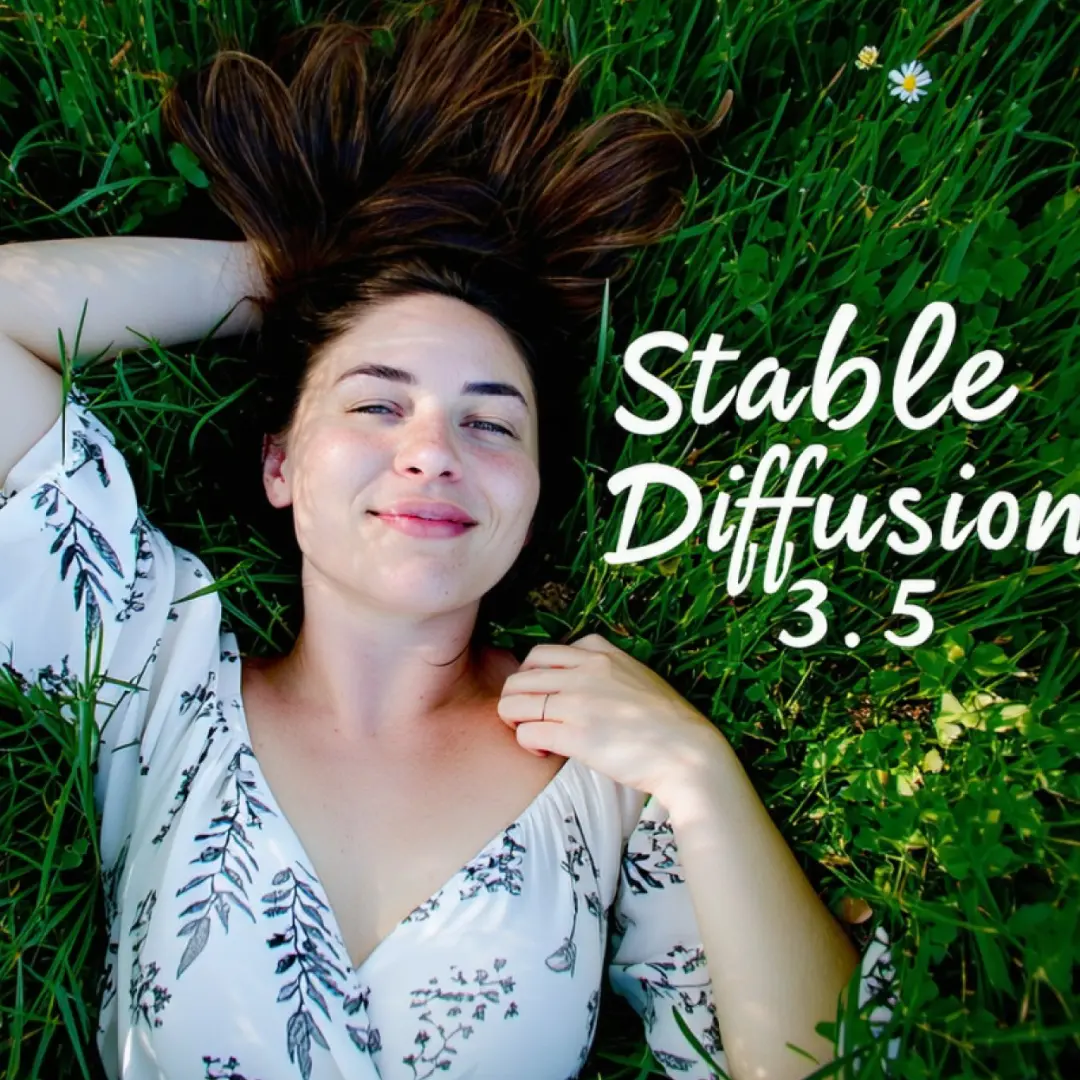ComfyUI Node: Runware Lora
Runware Lora Search
CategoryRunware
Runware Inc. (Account age: 484days) Extension
Runware.ai ComfyUI Inference API Integration Latest Updated
2025-04-04 Github Stars
0.07K
How to Install Runware.ai ComfyUI Inference API Integration
Install this extension via the ComfyUI Manager by searching for Runware.ai ComfyUI Inference API Integration- 1. Click the Manager button in the main menu
- 2. Select Custom Nodes Manager button
- 3. Enter Runware.ai ComfyUI Inference API Integration in the search bar
Visit ComfyUI Online for ready-to-use ComfyUI environment
- Free trial available
- 16GB VRAM to 80GB VRAM GPU machines
- 400+ preloaded models/nodes
- Freedom to upload custom models/nodes
- 200+ ready-to-run workflows
- 100% private workspace with up to 200GB storage
- Dedicated Support
Runware Lora Description
Facilitates selection and application of LoRA models in ComfyUI, streamlining model search and integration for image generation.
Runware Lora:
The Runware Lora Search node is designed to facilitate the selection and application of LoRA (Low-Rank Adaptation) models within the ComfyUI environment. This node allows you to search for specific LoRA models by name or Civit AIR code, making it easier to find and utilize the right model for your creative projects. By integrating seamlessly with Runware Inference Nodes, it enhances the flexibility and efficiency of your workflow, enabling you to fine-tune the influence of LoRA models on image generation. The node's primary goal is to streamline the process of identifying and applying LoRA models, thereby improving the quality and specificity of generated images.
Runware Lora Input Parameters:
Lora Search
This parameter allows you to search for a specific LoRA model by its name or Civit AIR code, such as "Cyberpunk". It helps in narrowing down the list of available models to those that match your search criteria, making it easier to find the desired model quickly.
Model Architecture
This parameter provides a list of model architectures to filter the search results. Options include "All", "FLUX.1-Schnell", "FLUX.1-Dev", "Pony", "SD 1.5", "SD 1.5 Hyper", "SD 1.5 LCM", "SD 3", "SDXL 1.0", "SDXL 1.0 LCM", "SDXL Distilled", "SDXL Hyper", "SDXL Lightning", and "SDXL Turbo". The default is "All", which means no filtering by architecture. Selecting a specific architecture helps in focusing the search on models compatible with your chosen framework.
LoraType
This parameter allows you to filter the results by the type of LoRA model, with options being "Lora" and "LyCORIS". The default is "Lora". This helps in distinguishing between different types of LoRA models, ensuring that you select the one that best fits your needs.
LoraList
This parameter displays the list of available LoRA models, such as "civitai:58390@62833 (Detail Tweaker LoRA (细节调整LoRA))". It serves as a selection list from which you can choose the desired model. The default selection is "civitai:58390@62833 (Detail Tweaker LoRA (细节调整LoRA))".
weight
This parameter defines the strength or influence of the selected LoRA model in the image generation process. It is a float value with a default of 1.0, a minimum of -4.0, and a maximum of 4.0, with increments of 0.1. Adjusting this value allows you to control how much the LoRA model affects the final output, enabling fine-tuning of the generated images.
Runware Lora Output Parameters:
Runware Lora
The output parameter "Runware Lora" provides a dictionary containing the selected LoRA model's code and its weight. This output is crucial for connecting to other nodes in the ComfyUI pipeline, as it carries the necessary information to apply the chosen LoRA model with the specified influence on the image generation process.
Runware Lora Usage Tips:
- Use the "Lora Search" parameter to quickly locate specific models by name or code, which can save time when working with large collections of LoRA models.
- Adjust the "weight" parameter to experiment with different levels of influence from the LoRA model, allowing you to achieve the desired artistic effect in your generated images.
Runware Lora Common Errors and Solutions:
Model Not Found
- Explanation: This error occurs when the specified LoRA model cannot be found in the list.
- Solution: Ensure that the model name or Civit AIR code is entered correctly and matches one of the available models in the "LoraList".
Invalid Weight Value
- Explanation: This error arises when the weight value is set outside the allowed range.
- Solution: Adjust the weight parameter to be within the range of -4.0 to 4.0, using increments of 0.1.
Unsupported Model Architecture
- Explanation: This error happens when a selected model architecture is not compatible with the available LoRA models.
- Solution: Verify that the chosen model architecture is supported by the selected LoRA model and adjust the "Model Architecture" parameter accordingly.
Runware Lora Related Nodes
RunComfy is the premier ComfyUI platform, offering ComfyUI online environment and services, along with ComfyUI workflows featuring stunning visuals. RunComfy also provides AI Playground, enabling artists to harness the latest AI tools to create incredible art.

